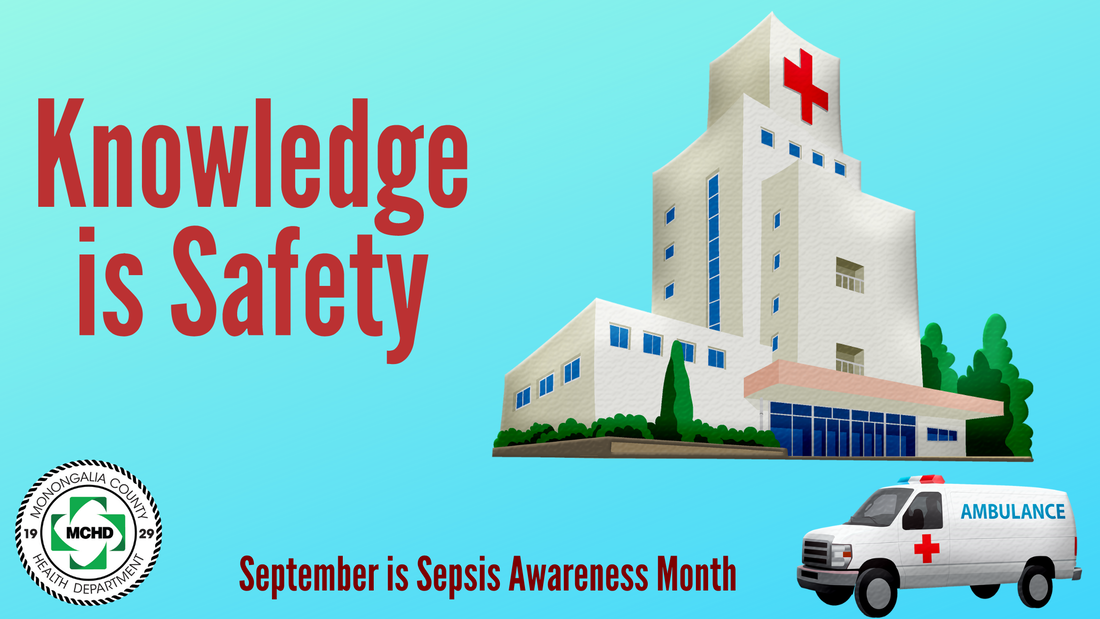Be aware of sepsis, which can sneak up on you quickly

Sep. 21, 2020
By Peyton Azar
What comes to mind when you think of September? Maybe the start of the school year, burning your favorite fall candles or ordering pumpkin spice lattes enter your mind. I can pretty much guarantee sepsis is not your one of your first September related thoughts, but let’s change that! After all, September is Sepsis Awareness Month.
So what is sepsis? To put it simply, sepsis is the result of an infection gone wild. The Mayo Clinic reports that to combat infections, our bodies release chemicals into the bloodstream. Oftentimes, our bodies are doing us a favor by doing this. However, sometimes our bodies don’t react well to this response and the chemicals released into the bloodstream can become unbalanced. That poor reaction and unbalanced chemicals then become sepsis.
Sepsis is incredibly dangerous and can even lead to death. In fact, according to the Centers for Disease Control and Prevention, 1.7 million Americans develop sepsis each year and nearly 270,000 will die from it.
Considering how threatening and scary this diagnosis is, it’s essential to recognize the symptoms in order to take fast action and prevent such drastic results. Understanding these symptoms is something I failed to do three years ago.
One April morning of my freshman year, I woke up feeling extremely sick. The only thing I could attempt to relate it to was the flu. I figured I would try to sleep it off, and maybe I’d feel better the next day. However, by that afternoon, I was taken to the hospital nearly unresponsive. A couple of hours after arriving at the ER, I began slipping in and out of consciousness for the next three days.
When I was cognizant again, I was informed that I had sepsis, which resulted from an untreated UTI. I had no symptoms of the UTI and was seemingly healthy until the day I was taken to the ER.
What I didn’t realize at the time was how close I had come to death. According to the Sepsis Alliance, the chance of dying from sepsis can increase up to 8% for every hour left untreated. Luckily, my friends noticed how ill I was and insisted on taking me to the Emergency Department. If not for them, I likely would have waited until it was too late.
Understanding the symptoms of sepsis is one of the most important factors in your ability to act fast. The CDC lists high heart rate, low blood pressure, fever, shivering, feeling very cold, confusion/disorientation, shortness of breath, being clammy or sweaty and extreme pain or discomfort all being symptoms sepsis patients may experience.
Obviously, a sepsis diagnosis is no one’s idea of a good time. So let’s discuss some preventative measures. The CDC advises that taking good care of pre-existing conditions, getting recommended vaccines, washing your hands and keeping cuts clean and covered until they’ve healed are all great steps to lessen the chance of sepsis.
With your new knowledge of what sepsis is, the symptoms, severity, and preventative measures, you should be prepped and ready if faced with this beast.
Peyton Azar is an intern in the public information office at Monongalia County Health Department.